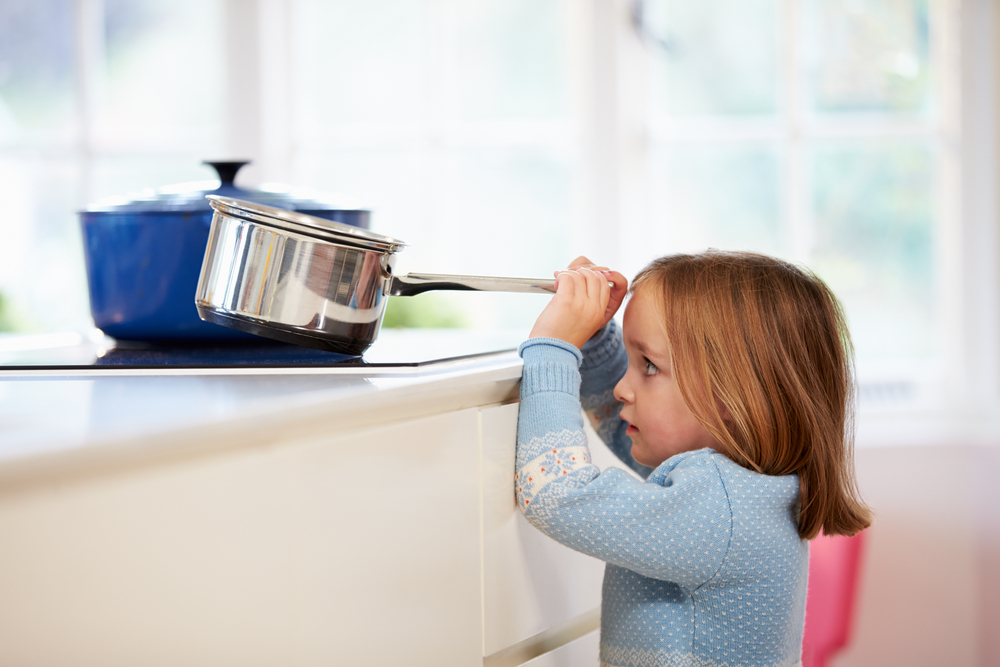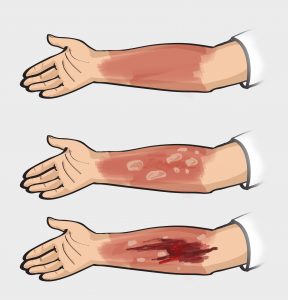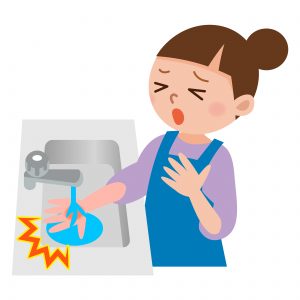“Be careful, that’s hot!”
We’ve all said it to our children at least once, and at least once they didn’t listen. Burns are just part of life. They are going to happen. In fact, they are among the most common household injuries, especially in children.
Burns have a variety of causes. Some of the most common are:
- Scalding from hot liquids
- Electrical Burns
- Sun Exposure
- Chemicals
- Fires (including matches, candles, and lighters)
Knowing how to treat them and prevent them from becoming worse is an invaluable skill to possess.
Burns come in all shapes, sizes, and most importantly “degrees.” An understanding of the different types of burns will allow you to decide whether or not the wound can be cared for at home or if you should seek the assistance of an emergency center.
[Tweet “Burns come in all shapes, sizes, and most importantly “degrees.””]
Minor Burns
These are the most minor of the minor burns. They are easily treated. Minor 1st degree burns, which only affect the outer layer of the skin, are identified by:
- Redness
- Minimal Swelling
- Some Pain
These can usually be handled at home. However, should the burn be minimal but cover a significant area of the body, you should seek emergency center services immediately.
2nd Degree Burns
Second degree burns are possible to treat at home, however if they are larger than 3” in diameter, consider them “major” and seek emergency help. Second degree burns have the following characteristics:
- Red, White, or Splotchy Skin
- Blisters
- Swelling
- Pain
- Cool it Down. Run cool water over the burned area for 10 to 15 minutes. You may also apply a clean towel dampened with water.
- Remove Items From Burned Area. Items such as rings or other tight items should be removed before swelling begins.
- Avoid Breaking any Blisters. Should a blister break, clean the area immediately with mild soap. Cover with a bandage and an antibiotic ointment.
- Apply Aloe Vera Lotion or Moisturizer. These gels assist with easing some of the pain associated with burns.
- Pain Relievers. If necessary, pain relievers such as Advil, Aleve, or Tylenol can be effective.
- DO NOT Apply Ice or Butter
Major Burns
Seek emergency assistance immediately for burns considered “major.” While waiting for help to arrive you should take the following actions:
- Protect From Further Damage. Keep the victim away from heat sources.
- Do Not Remove Clothing Stuck to the Skin
- Remove Rings, Belts and Other Tight Items. These items should be removed before swelling sets in.
- Elevate the Burned Area. If possible, you should raise the burned area above the victim’s heart level.
- DO NOT Immerse the burn in cold water. There is a risk of hypothermia from the sudden loss of body heat. Furthermore, the shock of the cold water could result in a drop in blood pressure.
- Check to Ensure They are Breathing.
- Cover the Burned Area. This should be done with a cool, wet bandage or cloth.
When a burn affects all layers of the skin as well as underlying fat, it is considered a 3rd degree burn. These are the most serious of all burns and require immediate professional emergency treatment. Signs of a 3rd degree burn may include:
- Difficulty Breathing
- Possible Charring of the Burned Areas
- Carbon Monoxide Poisoning
- Sometimes Smoke Inhalation
Prevention
Of course, as with any type of accident, “an ounce of prevention is worth a pound of cure.”
Here are just a few tips to help reduce the chances and severity of burns in your home.
- Turn all pot handles out of reach on the stove
- Keep children out of the kitchen while cooking
- Test your smoke detectors monthly
- Place a fire extinguisher near the kitchen
- Lock up all matches and lighters
- Use electrical outlet covers
- Be cautious and measure bath water temperatures
- Do not smoke indoors
- Clean out your dryer lint traps
- Wear sunscreen whenever you are outdoors
- Keep all chemicals out of the reach of children
- Use gloves when cleaning with chemicals
All in all most burns are extremely preventable and should they occur are treatable at home. Take the steps you need today to make your home safer for your family. Check your first aid kit as well to ensure you are ready when burns do happen.
Take a deep breath now, knowing that you are prepared and go enjoy your family.





